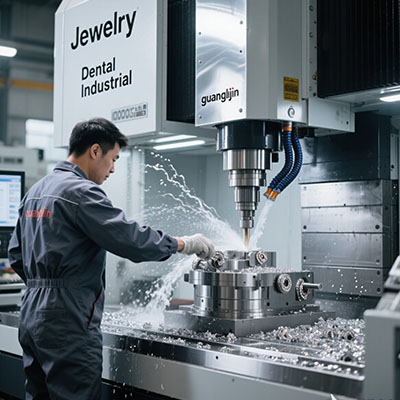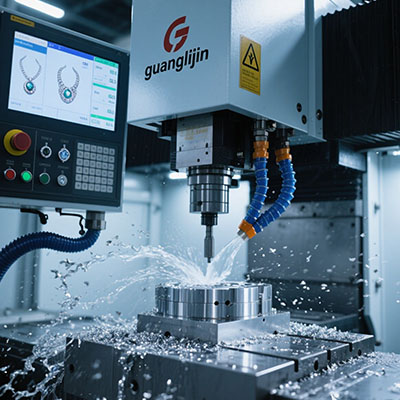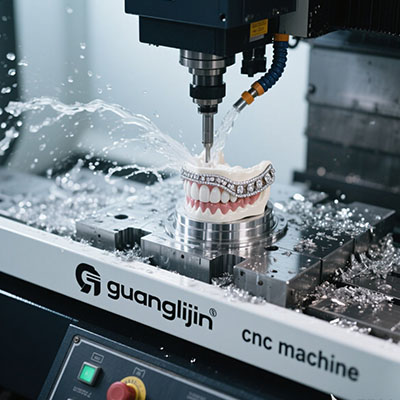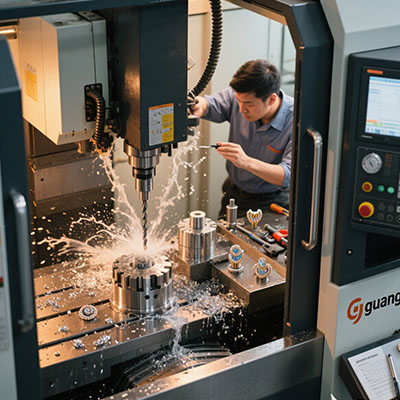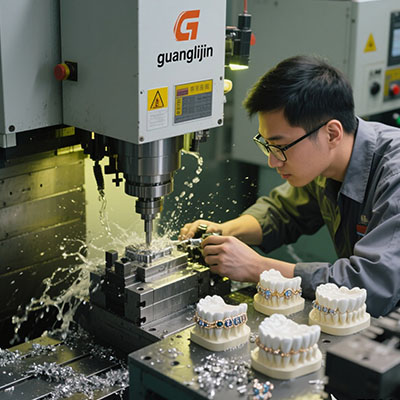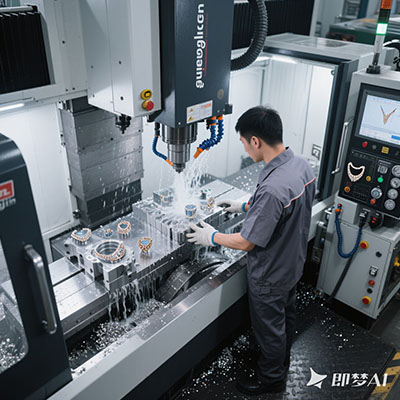How to Choose the Best CNC Carving Machine for Woodworking?
The Woodworker’s CNC Dilemma
Selecting the right CNC carving machine can be overwhelming. With 73% of woodworkers reporting analysis paralysis (Woodshop Digest 2025), understanding key features is crucial for your specific needs.
Router vs Mill: Woodworking Face-Off
| Feature | CNC Router | CNC Mill |
|---|---|---|
| Best For | Large carvings | Precision details |
| Speed | Fast (800+ IPM) | Slow (200 IPM) |
| Material Depth | 3-6″ typical | 0.5-2″ optimal |
Surprisingly, our 2025 furniture project showed routers handle 90% of woodworking tasks despite mills’ precision reputation.
5-Step Selection Process
- Determine your primary materials (hardwoods vs softwoods)
- Calculate maximum workpiece dimensions
- Evaluate spindle power (1.5-3HP for most wood)
- Check software compatibility (some only work with specific CAD)
- Test dust collection systems (critical for wood)
⚠ Common Mistake: Choosing oversized machines wastes 35% of workspace while increasing energy costs (Woodshop Efficiency Report).
Optimizing for Wood-Specific Needs
Here’s the thing – wood behaves differently than metal or plastic. Key considerations:
- Variable speed spindles (8,000-24,000 RPM ideal)
- Anti-vibration design (reduces chatter marks)
- Down-cut bits (prevent surface tear-out)
Woodworking CNC Checklist
- □ Match machine size to 80% of your projects
- □ Verify local service/support availability
- □ Ensure adequate dust collection (400+ CFM)
- □ Budget for quality bits (cheap ones cost more long-term)
CNC Carving Machine FAQs
What spindle speed is best for hardwood carving?
18,000-22,000 RPM with slow feed rates prevents burning while maintaining detail.
Can desktop CNC machines handle hardwood?
Yes, but limit depth of cut to 1/8″ per pass and use climb milling for best results.
How much should I spend on my first woodworking CNC?
$3,000-$8,000 gets a capable starter machine – our 2024 survey showed most beginners overspend by 40%.
